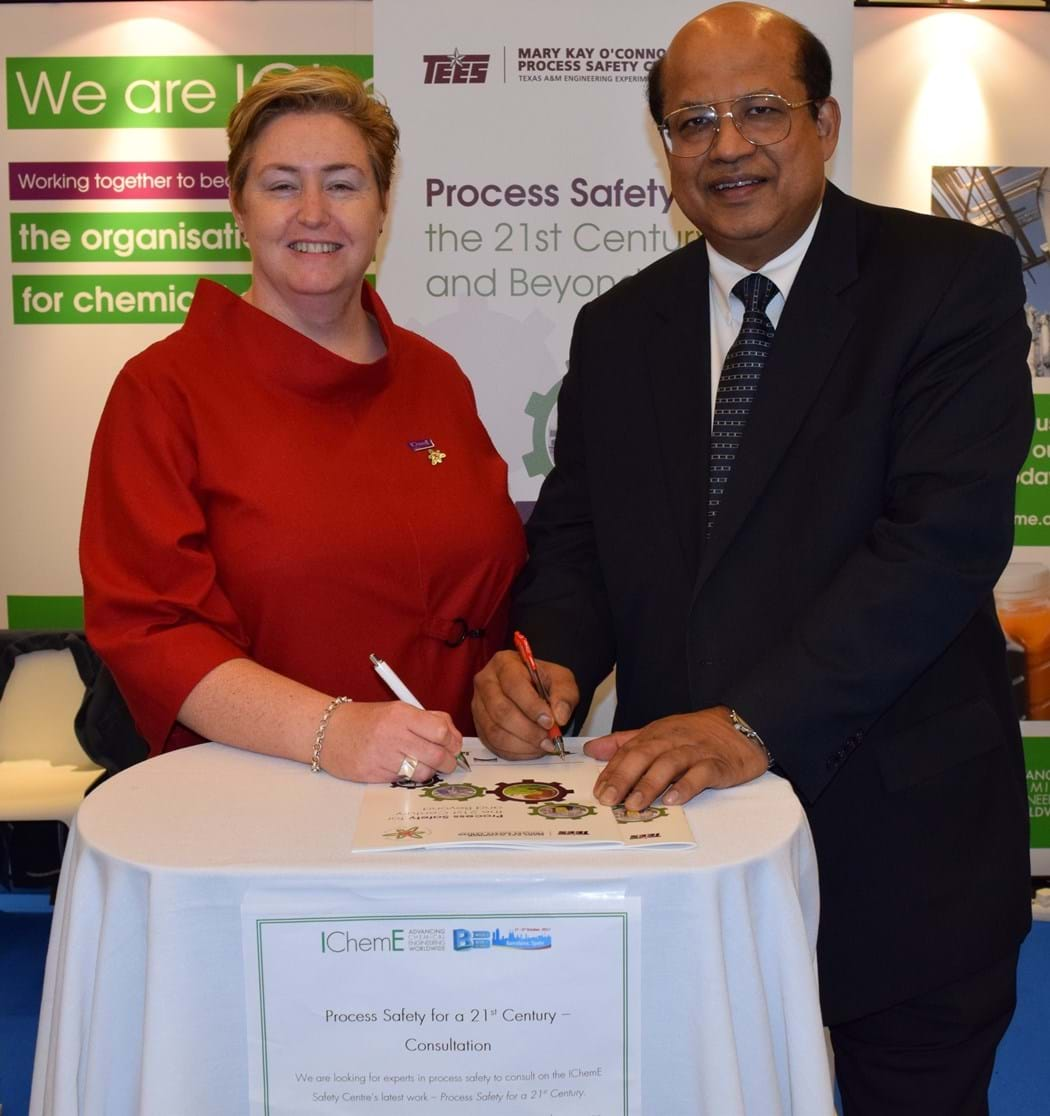ISC report sets out safety roadmap
PROCESS safety incidents are not decreasing over time, and steps must be taken to reduce the repetition of previous failures – according to the IChemE Safety Centre (ISC).
A newly-published collaborative report, by the ISC and Mary Kay O’Connor Process Safety Center, called Process Safety in the 21st Century and Beyond outlines the challenges and potential solutions facing academia, industry, regulators, and society. These include ongoing issues that prevent progress, and the importance of making a business case for process safety.

The report was presented on 2 October at the 10th World Congress of Chemical Engineering (WCCE10) in Barcelona, Spain.
At the congress, ISC director Trish Kerin described figures from business risk analyst Marsh that showed the rate of process safety incidents is largely unaltered across time. She said that a lack of competency is a huge challenge that will require continued effort to overcome.
“We still have people who don’t understand particular parts of their role or they don’t have information and training they need to do their job safely – and therefore we have incidents,” she said. “We still have design of facilities occurring that are not using inherently safer design techniques. So we’re building in faults and inherent hazards in our systems still today.”
She fears that without being able to demonstrate the economics of process safety, simply asking for funding in engineering terms and language is “not going to work anymore”.
“How do we make sure we understand the economic impacts and the positives that come out of investing in safety? We must be able to write a compelling business case in business and financial terms – because if we actually want to get people to invest money in something that we need to do, they have to understand what their return is and what the requirement is on them.”

MKOPSC director Sam Mannan pointed out that without improvements, incidents will continue to happen, and support for safety programmes efforts might dwindle.
He said: “If we don’t show progress in process safety then just think about it for yourself, as someone going to your supervisor and asking for more funds for process safety; what is the response going to be: ‘We’ve been investing in process safety for such a long time and incidents are still happening, why should we keep on investing?’ The same is true of regulations and academic programmes.”
The report also addresses the issue of a growing population, taking inspiration from IChemE’s Chemical Engineering Matters policy document which sets out challenges for the chemical engineering profession in general.
Kerin said: “This is not a static piece of literature. The ISC, together with MKOPSC, wants to see it grow as a result of ongoing input from our community.”
Process Safety in the 21st Century and Beyond is currently open for consultation, and professionals are invited to provide their input by contacting the ISC via email (safetycentre@icheme.org). The report is available to download from the ISC website.
The authors will also introduce the report in a dedicated feature that will be published in the November issue of The Chemical Engineer and seek feedback from the community.
WCCE10 has seen more than 3,000 delegates gather to discuss the latest advances and trends in chemical engineering. The congress runs until the 5 October.
Recent Editions
Catch up on the latest news, views and jobs from The Chemical Engineer. Below are the four latest issues. View a wider selection of the archive from within the Magazine section of this site.




